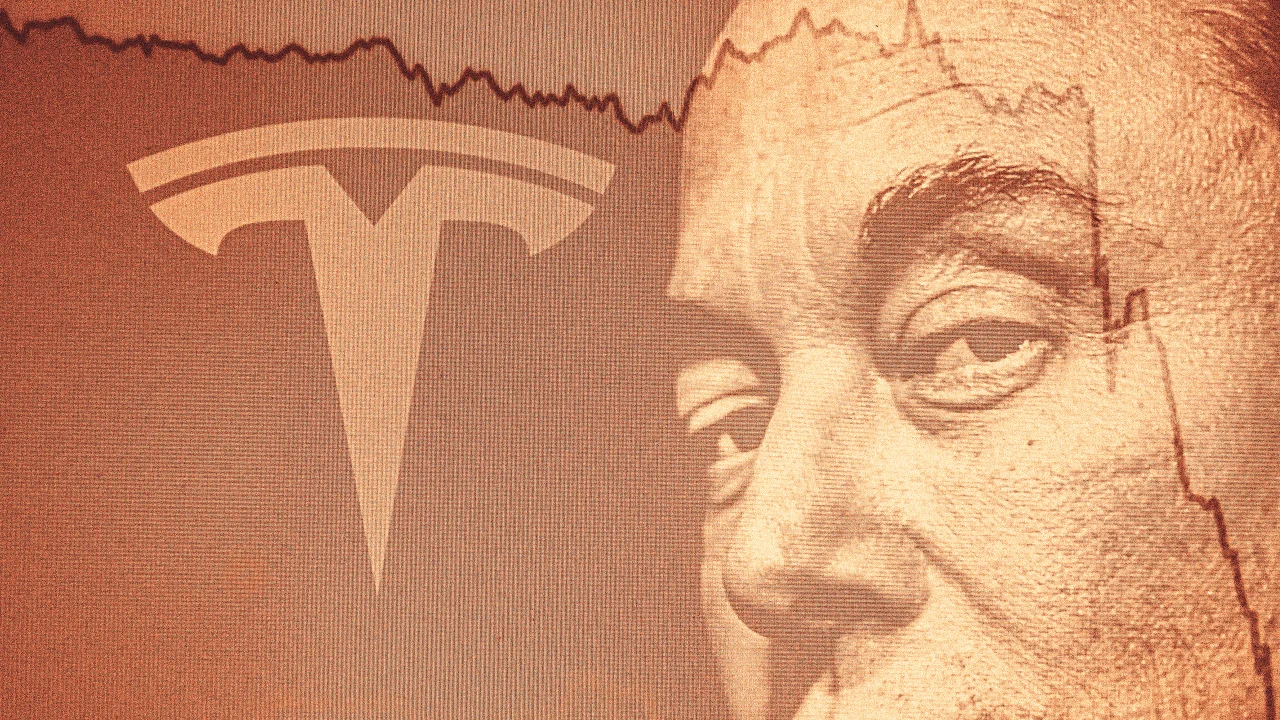This Is Why Strava Rounds Down Your Miles
Why did my perfect 10-mile run show up as 9.99 miles? Time for another lap...

You cross the finish line after what feels like a perfect 10-mile run and your watch beeps triumphantly, displaying that beautiful round number: 10.00 miles. You're already composing your social media post in your head. Then you upload to Strava and—betrayal. Your activity shows 9.99 miles. It might seem like a bug, but as Strava explains, it's very much by design.
Welcome to the "Strava Tax," the phenomenon that has spawned memes, advice, and probably a few extra loops around parking lots as runners desperately try to hit that magical round number.
What's really happening when Strava rounds down?
The Strava Tax isn't actually Strava being petty or skimming distance off your achievements. It's more of a collision between mathematical precision and the messy reality of how different devices handle GPS data.
Here's the thing: when your watch displays 10.00 miles, that's often not what it actually recorded. The raw GPS data might show 9.993 miles, 9.996 miles, or 10.001 miles. Your watch rounds this to a nice, clean 10.00 for display purposes—because who wants to see 9.99634 miles on their wrist?
So your watch and apps don't just display raw GPS data—they "improve" it. They smooth out GPS wobbles, correct for obvious errors, and sometimes add their own interpretations of where you actually went. Your Garmin might think you ran through that building (especially as AI maps take over), while your phone's GPS smooths your route to follow the sidewalk.
Different manufacturers handle this data inconsistency in different ways. Even devices from the same manufacturer can display identical GPS data differently, depending on the model, firmware version, or even the specific algorithms running on each device. Some devices will show 1.00 km as soon as you hit 991 meters (0.991 km), while others wait until you actually complete a full kilometer. It's like having different definitions of what "close enough" means.
Beyond that, mile definitions aren't actually universal. You'd think a mile is a mile, right? Not in the world of fitness devices. The precise definition is 1609.344 meters, but some devices use 1609 meters for simplicity. That small difference adds up over longer distances.
But Strava takes a different approach. When displaying distances, Strava rounds down rather than using standard rounding rules. So that 9.993 miles becomes 9.99 miles on your activity page, not 10.00 miles.
Why Strava rounds down
Strava often sits in the middle of different manufacturers and devices. Imagine if Strava applied the same "enhancement" algorithms that your Garmin uses to data coming from an Apple Watch. The Apple data might get double-processed, potentially inflating distances. Or if it used Apple's data smoothing, it might actually reduce accuracy.
Instead, Strava takes a conservative approach: it displays the data as close to raw as possible, using consistent rounding rules across all devices. This means sometimes your beautiful round numbers get truncated, but it also means a 10K from a Garmin is treated the same as a 10K from an Apple Watch.
Zooming out, when it comes to fitness tracking, it's helpful to remember that the numbers we see are often more complicated than they appear. We all know GPS isn't perfect. Think about it: your device is trying to track your position using satellites 12,000+ miles above Earth. Trees, buildings, weather, and even solar activity can affect accuracy. How often to record points, how to connect the dots between points, how to filter out obvious errors, how to handle missing data—each manufacturer makes different choices. Strava's choice, in its own words, is to "err on the side of caution rather than let the accuracy of our records start to dilute."
Tips to live with the Strava Tax
At the end of the day, there's a deeper reason why so many runners bond over Strava Tax memes. The Strava Tax taps into something more than just measurement accuracy—it hits our psychological relationship with round numbers. There's something deeply satisfying about completing exactly 10 miles, 5K, or 100 kilometers. These numbers feel complete, accomplished, worthy of celebration.
When Strava displays 9.99 miles instead of 10.00, it doesn't just remove a hundredth of a mile—it removes the psychological satisfaction of hitting that milestone. It's the difference between "I ran 10 miles!" and "I ran...well, basically 10 miles."
This is why you see runners doing extra loops around parking lots, cyclists riding circles in their driveways, and forum threads debating whether 9.99 miles "counts" as a 10-mile run. It's not really about the 0.01 miles—it's about the story we tell ourselves and others about our achievements.
So what's a data-obsessed athlete to do? A few strategies:
Embrace the range: Instead of fixating on hitting exactly 10.00 miles, think in ranges. A 9.98-10.02 mile run is essentially the same thing—you ran about 10 miles.
Know your device: Learn how your specific watch or phone handles distance calculation. Some devices let you calibrate distance measurements or choose different GPS settings that might be more or less aggressive in their processing.
Focus on trends: Day-to-day variations in distance measurement matter less than long-term trends. Are you running farther this month than last month? That's more meaningful than whether Tuesday's run was 5.99 or 6.01 miles.
Plan ahead: If hitting exact distances is important to you, plan routes that give you a small buffer. Aim for 10.1 miles if you want to ensure you hit at least 10.0 on Strava.
The Strava Tax might be annoying, but every time you glance at your watch and see a distance, remember: there's a satellite constellation, multiple algorithms, and several companies' worth of engineering decisions all working together to give you that number. And sometimes, despite all that technology, you still end up with 9.99 miles. But hey—you still ran the distance. The GPS satellites aren't judging you, and neither should you.






























































































































































